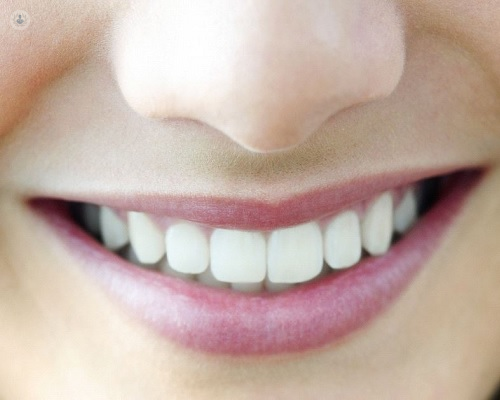dental reconstruction
Written by:Reconstructions are performed on teeth that have lost a healthy structure (due to caries, fracture ...) and also as an aesthetic treatment on those teeth that wish to modify their shape, texture or color.

Different types of materials can be used depending on the amount of tooth to be restored and the aesthetic requirements of the tooth. Usually composite (plastic of new generation, white and aesthetic) is used if the reconstruction is small or of average size. If a large amount of structure has been lost, reconstructions with ceramic , incrustations (partial restorations of the tooth) or with crowns are carried out.
Types of dental reconstructions
To think what kind of reconstruction we are going to carry out, it is important to understand that we differentiate the teeth in two groups: the previous ones (aesthetics and that perform less force) and later (those that are in charge of the chewing). That is why depending on which tooth is treated, the aesthetic and resistance requirements vary.
• If the tooth should be restored by a fracture and it is an anterior and aesthetic tooth , first we would perform a composite reconstruction to restore the tooth immediately. Later we would offer the option of making a ceramic veneer, which are very aesthetic and are not porous, which allows them to not stain and be stable over time.. The same procedure would be performed on anterior teeth in which we wish to modify their shape, texture, size and / or color.
• If the tooth that has been fractured is a molar , in addition to esthetics we look for resistance, and considering the amount of remaining tooth, we would propose reconstruction with composite, ceramic inlay or crown. Sometimes, in cases in which the remaining dental structure is minimal, a pole is placed in the root, making the restoration that we are going to place later have more retention and be more stable and durable.
• In the case of a decayed tooth , the first thing to do is remove all the tissue from the tooth and, once healthy, the amount of remaining tooth is evaluated to choose the type of restoration that we will perform.
The results we achieve with all the materials mentioned above and with the different types of restoration are durable in the very long term.


